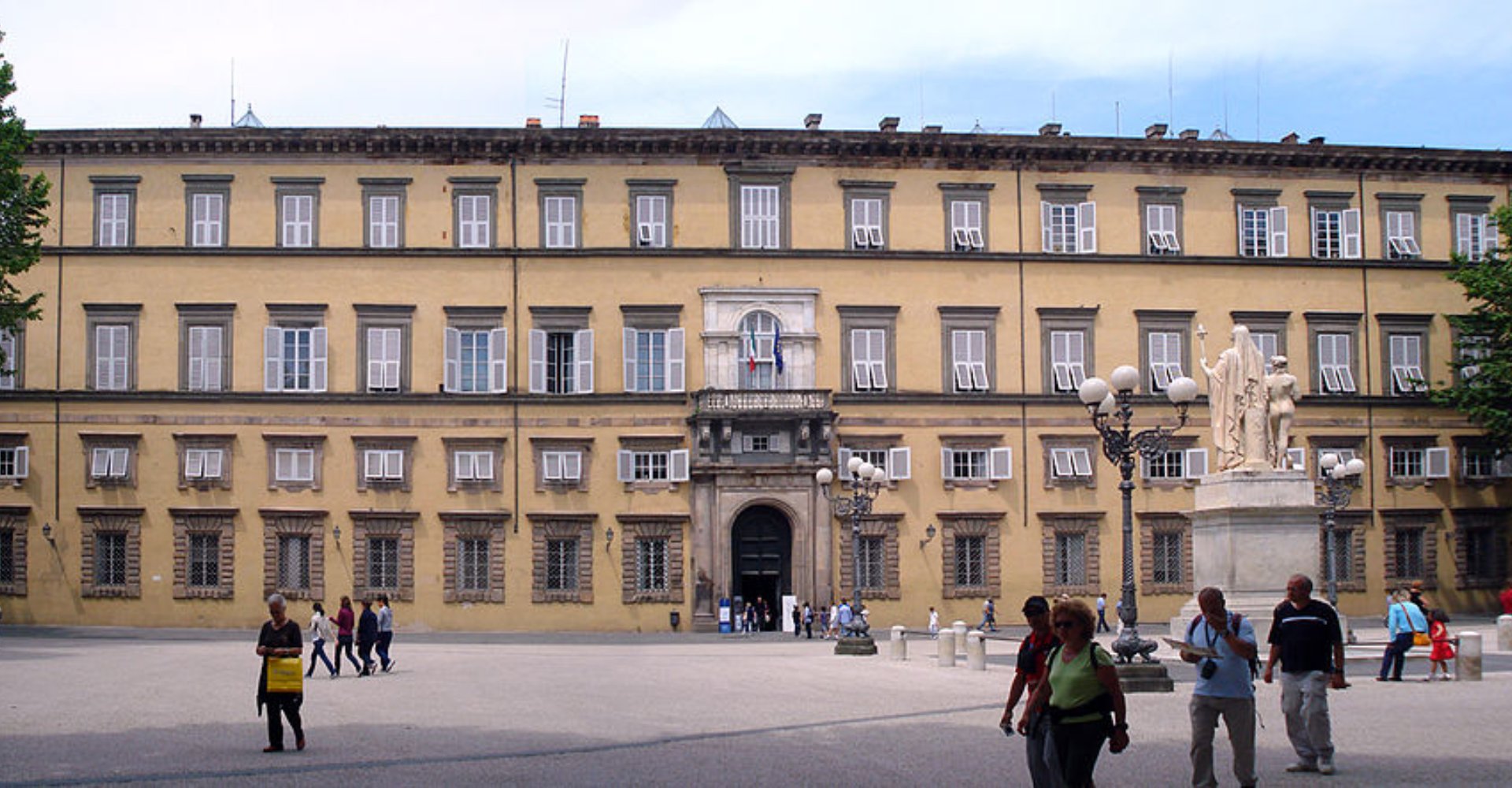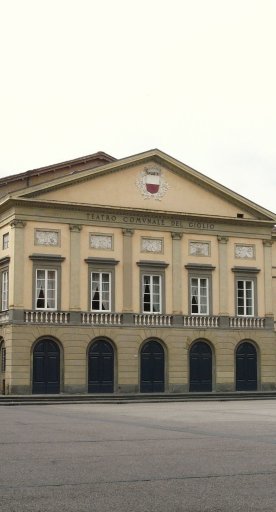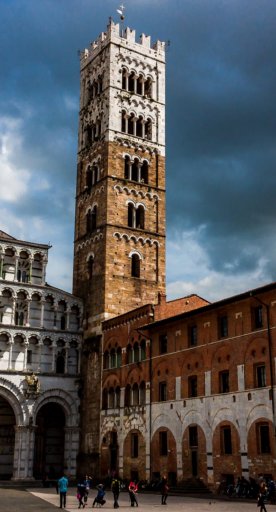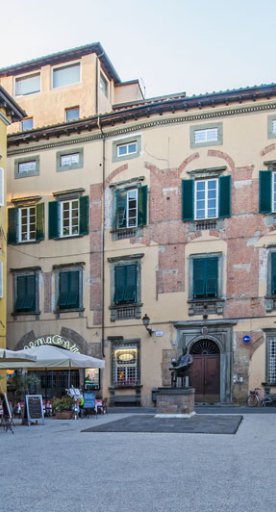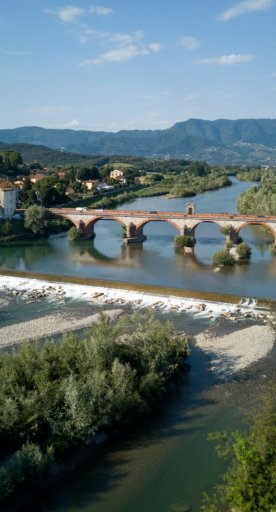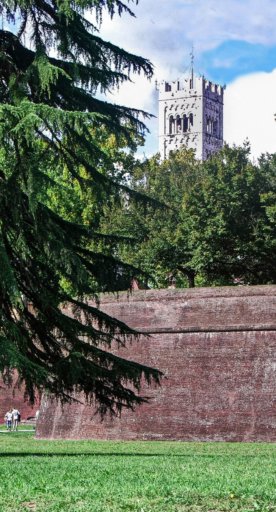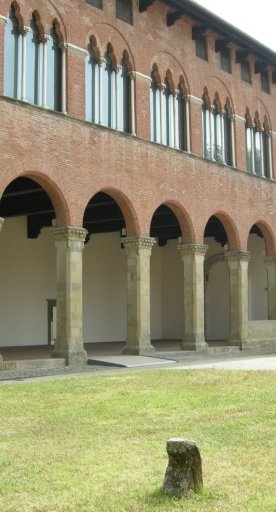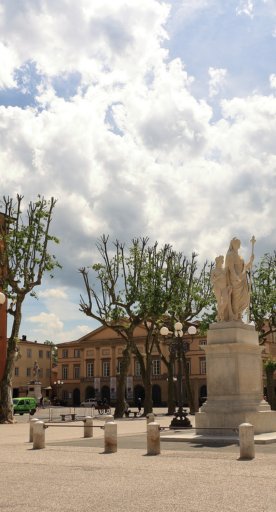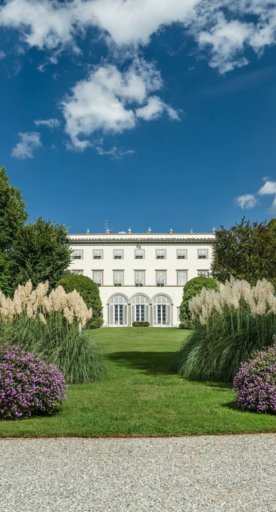Palazzo Ducale in Lucca
Built on the remains of a centuries-old fortress, the Palazzo Ducale is a historic residence in the center of Lucca with elegant rooms and museum exhibitions.
The Palazzo Ducale, with its sombre and elegant facade overlooking one side of Piazza Napoleone, is located in the historic centre of Lucca. Over the centuries, prominent personalities have succeeded in leading the city, ordering many interventions and changes to the structure of the dwelling giving it the appearance that can be admired today.
The origins of the building date back to the mid-early 14th century when the palace was part of the Augusta, a large fortification commissioned by Castruccio Castracani, leader and lord of Lucca. Upon his death, the city was repeatedly invaded by enemy powers and the castle became a symbol of oppression. On the occasion of the definitive liberation of Lucca in the second half of the century, the citizens destroyed the fortress but left the palace intact, which became the seat of government institutions.
Over the years, the building underwent multiple interventions aimed at improving its appearance. The most important ones date back to the 17th and 19th centuries, respectively by the architects Bartolomeo Ammannati and Filippo Juvarra who gave the building its modern and elegant appearance. The work was completed under the direction of two figures who left a profound mark on the history of the city: Princess Elisa Bonaparte Baciocchi, Napoleon's sister, and Duchess Maria Luisa di Borbone, who entrusted the work to Lorenzo Nottolini. She's also responsible for other works in Lucca such as the Botanical Garden.

Palazzo Ducale is now the seat of the provincial administration and the prefettura. In addition to housing the offices, the building features museum and exhibition rooms set up in the rooms located on the ground floor and first floor. The entire house is built around two large courtyards surrounded by as many arcades: the Carrara courtyard and the Swiss courtyard; the latter takes its name from the Swiss guards who originally defended the Republic of Lucca and who had their headquarters here.
While visiting the Palazzo Ducale, you can admire the splendid royal staircase designed by Nottolini that leads to the Parata area where the historic rooms can be found.These are magnificently frescoed rooms, among which the Throne Room and the Sala del Bosco stand out. The Royal Apartments are connected to the large staircase through the Gallery of Statues, designed by Maria Luisa of Bourbon to replace the original corridor.
Inside the building, you can visit the Risorgimento Museum and the Church of Santa Maria della Rotonda where the Cresci Museum for Italian Emigration has been established.
Finally, on the first floor, you can see the sensory exhibition titled “The Nose and History”, an opportunity to immerse yourself in the past through the fragrances that first characterized the governments of Princess Bonaparte and then that of the Duchess of Bourbon.
